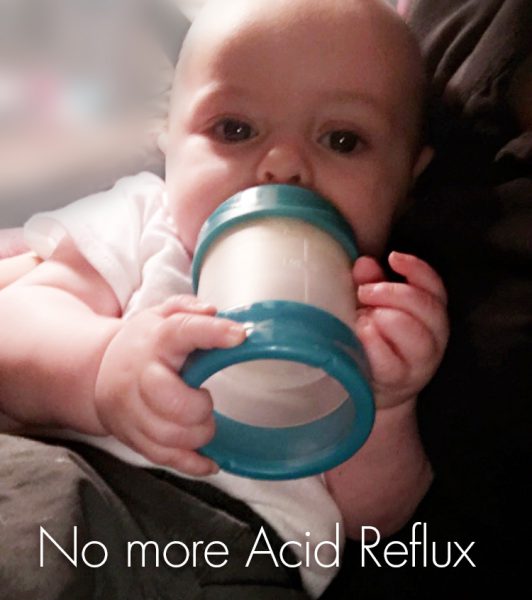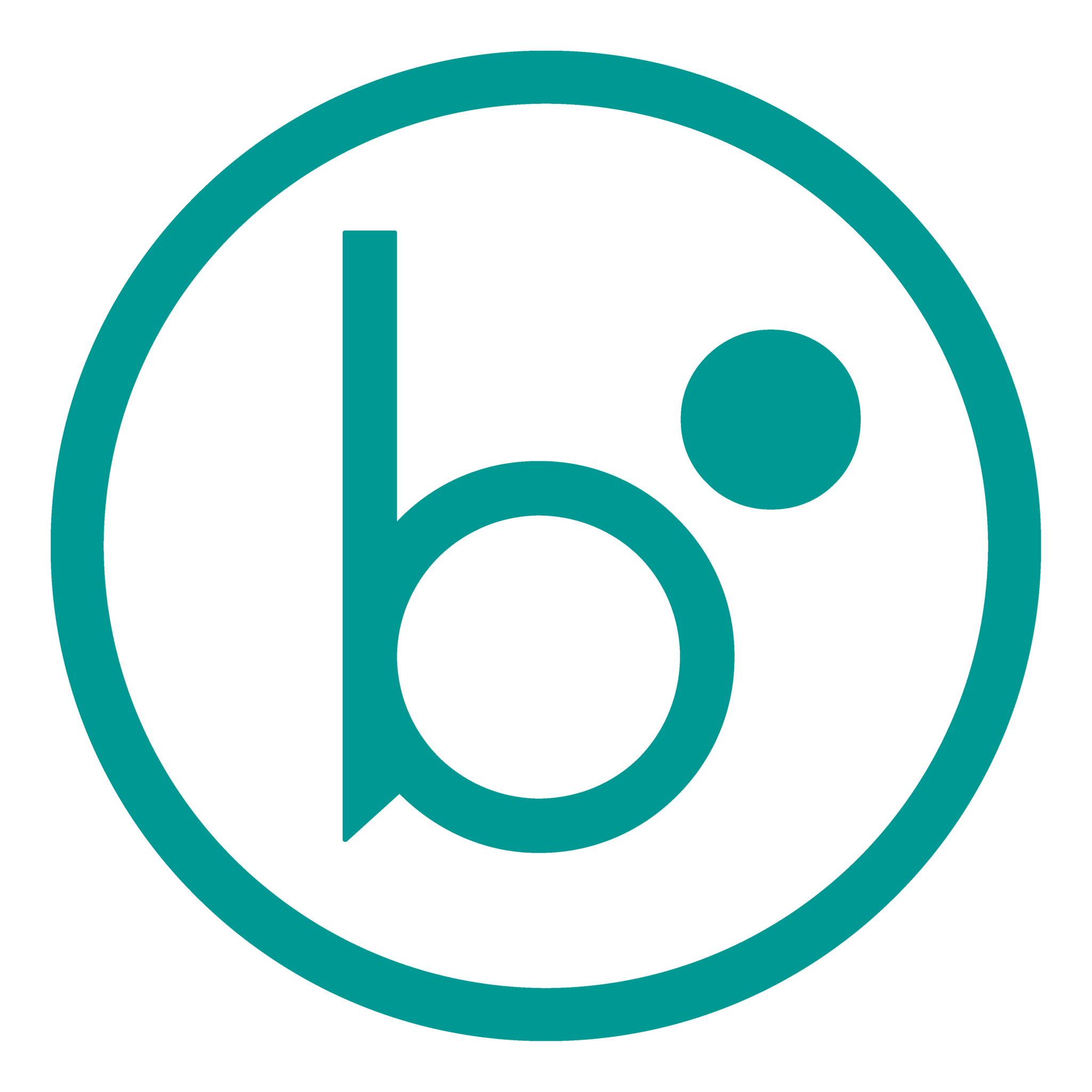
When my doctor said my baby had GERD, my first search was: “treating infant reflux”. I learned three steps that really make a difference, even more than prescription drugs. But first, let’s understand the difference between GER, GERD, and Acid Reflux. So here’s a quick recap of my learning:
GER vs. GERD
Treating infant reflux successfully requires you to know one fact: “All babies are born undeveloped”. One of the muscles that develop around the 8th+ month is the Lower Esophageal Sphincter (LES). In a healthy adult, the LES opens to accept the bolus (chewed food) and closes after the bolus is in the stomach. This prevents any digestive acids from flowing back into the esophagus. In babies, the LES remains open all the time. As a result, the stomach acids can travel back into the esophagus and mouth easily. This condition is called GER (Gastroesophageal Reflux).
When GER lasts 4+ weeks, the esophagus gets irritated due to the constant contact with stomach acids. That’s when GER becomes GERD (Gastroesophageal Reflux Disease). Statistically speaking, more than two-thirds of infants experience symptoms of GERD. As the LES develops, most infants gradually outgrow this condition. Although GER is considered “normal”, untreated GERD symptoms can lead to dangerous scenarios.
Symptoms of GERD
GER causes an acidic taste in the back of the mouth due to regurgitated stomach acids. GERD causes inflammation of the esophageal lining which leads to extreme pain when eating and hours of inconsolable crying in infants. Respiratory symptoms include breathing difficulties, cough and laryngitis (inflamed vocal cords) as well as wheezing. Long-term GERD can lead to speech impediments, tooth decay, esophageal stricture, and in rare occasions Barrett syndrome. In conclusion, if your baby shows any of these symptoms, please talk to your pediatrician about it. The following three steps are the best I found in treating infant reflux, and are clinically proven to help.
Treating infant reflux
1. Feed your baby Air-free milk:
Babies who breastfeed may swallow air while feeding. First, check the baby’s latch. If you hear smacking sounds, your baby may be swallowing air. Contact a lactation consultant in your area for help and remember, most insurance plans covers their service!. If you are bottle feeding and your current baby bottle has an air-vent or a plastic liner, change your bottle immediately. Most people don’t realize that the empty space inside the bottle is air that mixes with the milk. This leads to air ingestion and creates gas build up, on top of GER/GERD. Your baby needs an Air-free feeding system that can maintain the milk without any air.
2. Feed the baby in Upright position:
As recommended by pediatricians, hold the baby in upright position while feeding. I don’t mean semi-upright or reclined, I mean fully upright, just like adults eat. Imagine the baby’s stomach is like an open jar filled with liquid (digestive acids and milk). If you tilt it in any way, the contents will spill. The more upright you keep your baby, the more gravity can keep the contents in the stomach and not flowing back into the esophagus. If you breastfeed, just sit the baby upright as the breast can feed in any position. If you are bottle feeding, you need a feeding system that can feed the baby in fully upright position. In addition, pediatricians recommend keeping the baby upright for about 30 minutes after feeding.
3. Let the baby control the flow and pace:
Have you ever noticed your baby never leaves any milk in the bottle?. Constant flow from baby bottles leads to overfeeding. Instinctually, babies vary their suction strength to extract more or less milk from the mother’s breast, depending on how hungry they are. If you bottle-feed, slow flow nipples are not always the better option. In the beginning of the feeding, when the baby is most hungry, he/she swallows a lot of air while trying to extract the most milk out of a slow flow nipple. Avoid “variable flow” nipples because they have a very large opening to allow thick mixtures to flow. If you are not sure which flow works best for your baby, check out Flow-control nipple options which allows the baby to control the flow and pace of feeding.
According to a recent study, 75% of babies with GERD no longer showed the symptoms after two weeks of feeding from an air-free feeding system.
